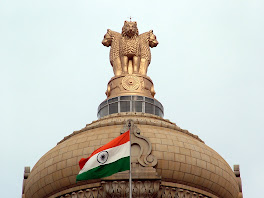
Believing that the dots will connect down the road will give you the confidence to follow your heart, even when it leads you off the well-worn path, and that will make all the difference. - Steve Jobs
In 1905, Einstein established the Theory of Special Relativity that has defined space and time for a century. This Theory has served us well for over 100 years! During this time, many researchers have scrutinized and challenged Einstein's work. And while many have found interesting paradoxes; they have all been explained within the context of Special Relativity. That is, until now...
While the research explained here initially focused on a specific problem in Einstein's derivation, there is one startling fact that cannot be explained away: The Model of Complete and Incomplete Coordinate Systems uses equations that produce results that are equal or better than found by using Einstein's Special Relativity equations for both the Michelson-Morley experiment and the Ives-Stillwell experiment! What makes this exciting is that it doesn't matter whether you believe there is a mistake in Einstein's work or not. What's important is that, as scientist, we always investigate those equations and theories that give the best results.
At RelativityChallenge.com, and it's accompanying blog, you'll find information that:
* Reveals difficult to detect mathematical mistakes in Einstein's derivations of his equations.
* Introduces the model of Complete and Incomplete Coordinate Systems (CICS) that extends Einstein's original theory and corrects his equations. This new explanation of space and time removes the time dilation, moving clocks, and twin paradoxes!
* Validates the CICS model against well known experiments. Understand how Michelson and Morley actually detected an earth orbital velocity of 30 km/s, supporting the conclusions of an electromagnetic ether. In addition, the CICS model will be shown to produce equal or better results than SRT in evaluating the Ives-Stillwell Atomic Clock experiment.


